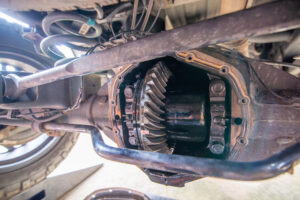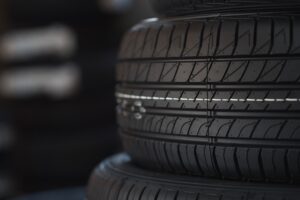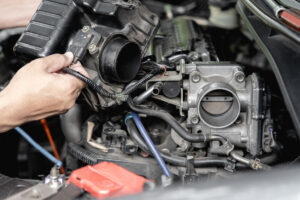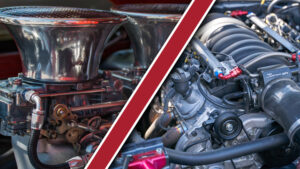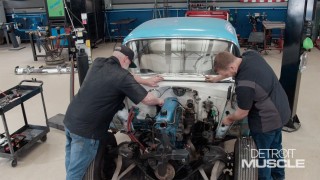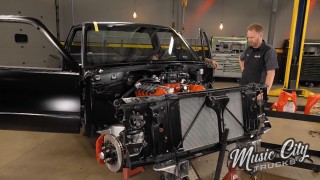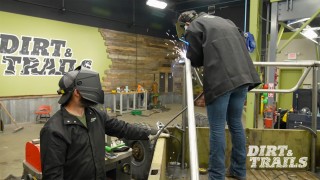Posi-Traction Rear Ends: A Look at The History and Why Your Classic Vehicle Needs One!
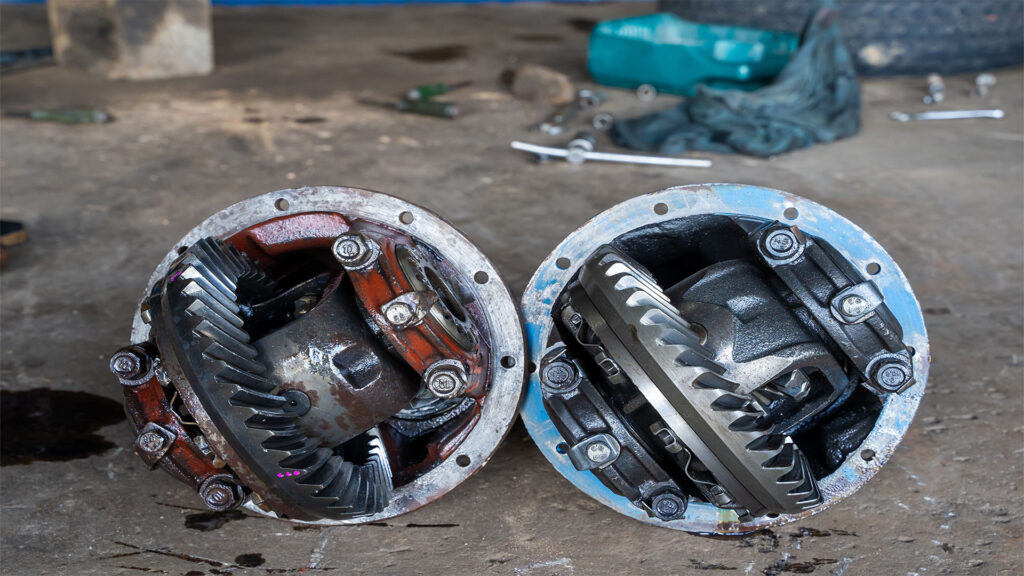
Table of Contents
When it comes to optimizing traction and control in a vehicle, few innovations have made as significant an impact as the Posi-Traction rear end. Known for its ability to evenly distribute power to both rear wheels, this differential type has carved a niche in automotive history and remains a favorite among enthusiasts and daily drivers alike. Let’s dive into the origins of Posi-Traction, its technological foundation, and why it’s a compelling choice for street vehicles.
How Does a Posi-Traction Rear End Work?
A conventional open differential allows the wheels to spin at different speeds, which is useful for turning corners. However, in low-traction scenarios—like wet pavement or loose gravel—an open differential sends power to the wheel with the least resistance. This often results in one wheel spinning uselessly while the other remains stationary.
The Posi-Traction rear end solves this issue by using a clutch pack or a gear-driven mechanism to limit the difference in wheel speeds. When one wheel begins to lose traction, the system transfers torque to the other wheel, ensuring both wheels maintain grip. This design dramatically improves performance in conditions where traction is compromised, whether it’s rain, snow, or loose dirt.
The History of Posi-Traction
Posi-Traction, also known as a limited-slip differential (LSD), traces its roots to the mid-20th century. The concept of improving traction on slippery or uneven surfaces was not new, but it became a focus as vehicles grew more powerful and road conditions varied widely. General Motors (GM) popularized the term “Posi-Traction” in the 1950s when it introduced the technology as an option on its passenger cars, particularly under the Chevrolet brand.
The name itself became synonymous with the idea of a limited-slip differential. While GM branded it as Posi-Traction, other manufacturers had their versions, including Ford’s Traction-Lok and Chrysler’s Sure-Grip. Despite the branding differences, the principle remained the same: to improve a vehicle’s ability to maintain traction by limiting wheel spin on one side.
Initially, Posi-Traction systems were more commonly found in performance-oriented vehicles, such as the Chevrolet Corvette and Camaro, where maximizing grip during acceleration and cornering was essential. Over time, however, the technology trickled down into mainstream cars and trucks, highlighting its utility beyond the race track.
Why Posi-Traction is Perfect for Street Vehicles
While high-performance vehicles benefit from the added traction of Posi-Traction, the technology also offers significant advantages for everyday drivers. Here’s why:
1. Improved Traction in Adverse Conditions
One of the most obvious benefits of a Posi-Traction rear end is its ability to handle slippery roads. Rain, snow, and ice create challenging driving conditions where maintaining traction is crucial. A Posi-Traction system prevents the frustrating and potentially dangerous scenario of one wheel spinning out while the other does nothing.
2. Enhanced Stability
Posi-Traction also improves overall vehicle stability. By delivering power to both rear wheels, it ensures a balanced distribution of torque, which can make cornering more predictable and safer, especially during spirited driving.
3. Better Launches and Acceleration
For drivers who enjoy spirited driving, a Posi-Traction system can provide a noticeable improvement in acceleration. Whether pulling away from a stoplight or merging onto the highway, distributing power evenly to both wheels allows for more efficient use of the engine’s torque.
4. Longevity and Reduced Wear
With an open differential, repeated one-wheel spin can cause excessive wear on tires and drivetrain components. A Posi-Traction setup mitigates this issue by engaging both wheels under load, which helps preserve tires and prevents unnecessary mechanical strain.
5. Off-Road and Utility Applications
For trucks, SUVs, and even cars that occasionally venture off-road, a Posi-Traction system offers an extra layer of capability. Whether navigating a muddy trail or hauling a trailer, the improved traction can make all the difference.
Challenges and Considerations
Despite its advantages, Posi-Traction isn’t without drawbacks. The added complexity can increase maintenance requirements, particularly for older vehicles with worn clutch packs. Additionally, in some situations—such as sharp, low-speed turns—a limited-slip differential may create a slight binding sensation as it works to manage wheel speeds. However, for most drivers, these trade-offs are minor compared to the benefits.
Conclusion
Posi-Traction rear ends represent a brilliant marriage of engineering and practicality. Originally designed to meet the demands of high-performance vehicles, their ability to enhance traction, stability, and control has made them a staple in street vehicles as well. Whether you’re commuting in inclement weather, carving corners on the weekend, or tackling light off-road trails, a Posi-Traction differential can elevate your driving experience. For enthusiasts and everyday drivers alike, it’s a technology worth celebrating—and considering for your next vehicle upgrade.
Want to read more articles like this?
Join the PowerNation Email NewsletterRead More from PowerNation
- Chapters
- descriptions off, selected
- captions off, selected
This is a modal window.
